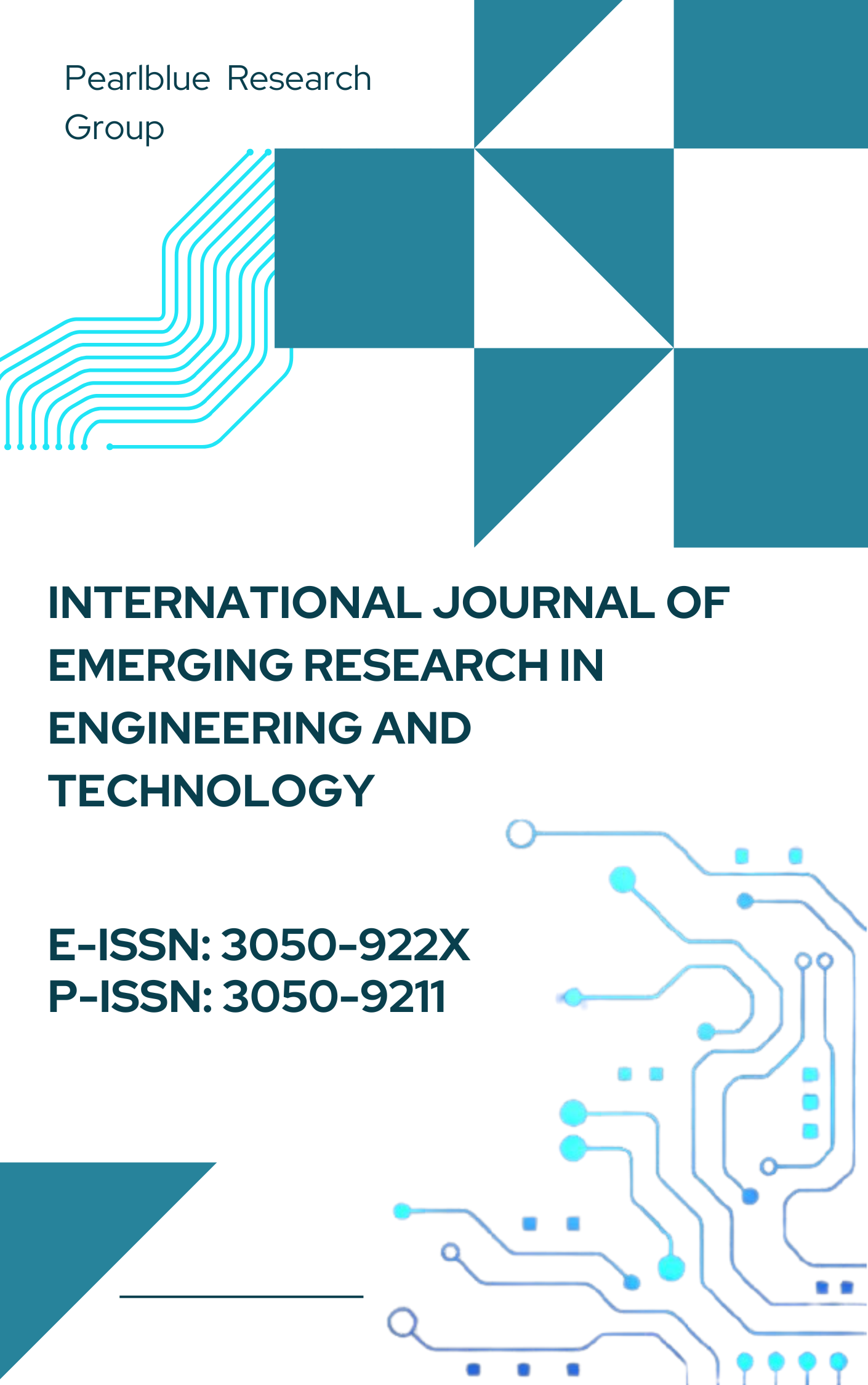A Domain-Specific Language for Automating Feature-Based Part Creation in Parametric CAD
DOI:
https://doi.org/10.63282/3050-922X.IJERET-V1I3P105Keywords:
Domain-Specific Language, Parametric CAD, Feature-Based Modeling, Automation, Rule-Based Design, CAD API, Design Templates, CAD ScriptingAbstract
The paper will present a high-level Domain-Specific Language (DSL) to automate part modelling in a parametric Computer-Aided Design (CAD) system based on features. It is different to have repetitive modeling abilities and make rules-based scripting to impose design templates. Conventional parametric CAD systems involve a lot of manual interactions, which are expensive and prone to errors, particularly in cases where standard components must be used or when the designs are large in variety. The proposed DSL has domain-specific semantics and modeling rules inherent in it, which produce efficiency, scalability, and consistency of designs. It also has important language constructs like features, constraints, dimensions and relationships important to CAD modeling. Moreover, it can be easily integrated with the current CAD APIs to create models in a programmatic manner. We examine an organised approach to language design, syntax, grammar, and the development of interpreters. In our implementation, a case study has shown enhanced possibilities of automation in the generation of mechanical parts, i.e. brackets and flanges. The metrics used in the evaluation are modeling time, geometric constraint accuracy and user satisfaction. Findings indicate as much as 65 percent of hosting down in modeling time, and improved model standardization. The limitations, like domain generalizability or integration overhead, are mentioned, and suggestions for the improvements in future, like intelligent rule creation and wide compatibility with CAD tools, are put forward. The study helps build the domain of CAD automation and reveals the prospects of DSLs in the process of engineering design
References
[1] Shah, J. J., & Mäntylä, M. (1995). Parametric and feature-based CAD/CAM: concepts, techniques, and applications. John Wiley & Sons.
[2] Fowler, M. (2010). Domain-specific languages. Pearson Education.
[3] Harel, D., & Rumpe, B. (2004). Meaningful modelling: what's the semantics of" semantics"?. Computer, 37(10), 64-72.
[4] Selic, B. (2003). The pragmatics of model-driven development. IEEE software, 20(5), 19-25.
[5] Mäntylä, M. (1987). An introduction to solid modelling. Computer Science Press, Inc.
[6] Bidarra, R., & Bronsvoort, W. F. (2000). Semantic feature modelling. Computer-Aided Design, 32(3), 201-225.
[7] Pahl, G., & Beitz, W. (1988). Engineering design: a systematic approach. Nasa Sti/recon Technical Report A, 89, 47350.
[8] Ulsamer, P., Fertig, T., & Braun, P. (2018). Feature-oriented domain-specific languages. In Tagungsband des Dagstuhl-Workshops.
[9] Japheth, B. R., & Ogheneove, E. E. (2013). Domain-Specific Modelling of Parameterised Objects. Journal of Physical Science and Innovation, 5(2), 2013.
[10] Borg, J. C., Farrugia, P. J., Camilleri, K. P., Giannini, F., Yan, X. T., & Scicluna, D. (2003). Why CAD tools benefit from a sketching language.
[11] Hirota, T., & Hashimoto, M. A. (2002). Software Architecture for Intelligent CAD Systems. Domain Oriented Systems Development: Practices and Perspectives, 6, 47.]
[12] Antonov, A., & Kustarev, P. (2017). DSL-Based Approach to Hardware Pipelines Design. International Multidisciplinary Scientific GeoConference: SGEM, 17, 287-294.
[13] Ahamed, S. V., Lawrence, V. B., Ahamed, S. V., & Lawrence, V. B. (1997). Databases and Their Management for DSL Design Studies. Design and Engineering of Intelligent Communication Systems, 319-335.
[14] Asanowicz, A. (1999, September). Evolution of Computer Aided Design: three generations of CAD. In Architectural Computing from Turing to 2000-eCAADe Conference Proceedings (Vol. 17, No. 9, pp. 4-10).
[15] Allen, J., & Kouppas, P. (2012). Computer Aided Design: Past, Present, Future. Design and Designing: A Critical Introduction, 97-111.
[16] Leon, N. (2009). The future of computer-aided innovation. Computers in Industry, 60(8), 539-550.
[17] Encarnacao, J. L., Lindner, R., & Schlechtendahl, E. G. (2012). Computer-aided design: fundamentals and system architectures. Springer Science & Business Media.
[18] Chang, K. H. (2015). e-Design: computer-aided engineering design. Academic Press.
[19] Visser, E. (2007). WebDSL: A case study in domain-specific language engineering. In International summer school on generative and transformational techniques in software engineering (pp. 291-373). Berlin, Heidelberg: Springer Berlin Heidelberg.
[20] Miranda, M. A., Ribeiro, M. G., Marques-Neto, H. T., & Song, M. A. J. (2018). Domain-specific language for automatic generation of UML models. IET Software, 12(2), 129–135. https://doi.org/10.1049/iet-sen.2016.0279.



